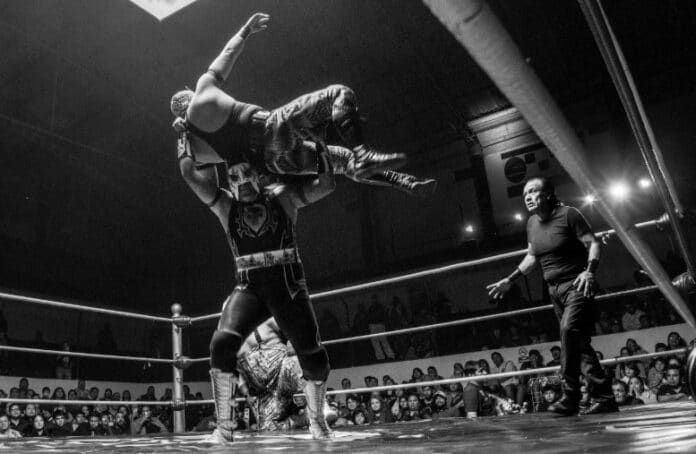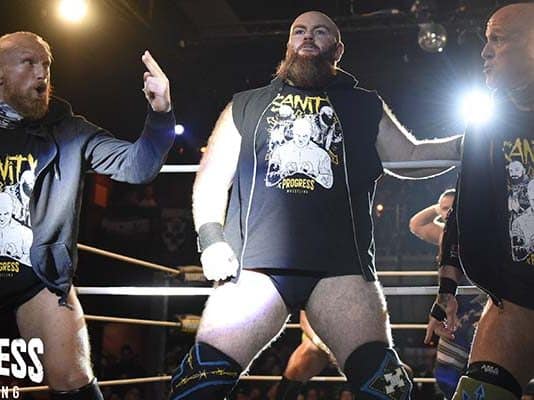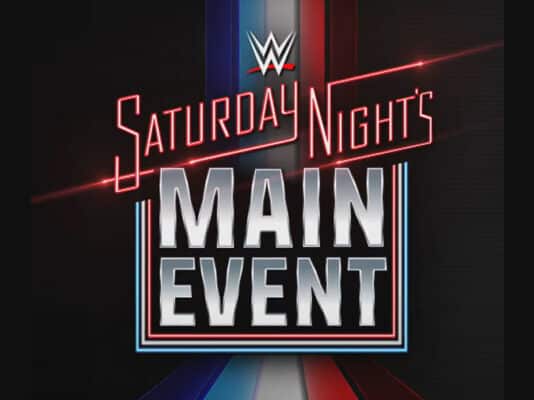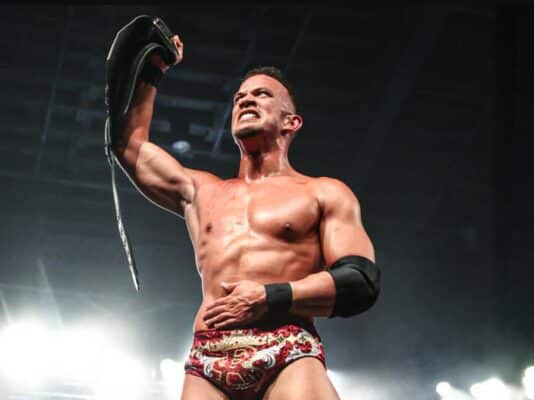
Professional wrestling continues to captivate audiences worldwide, drawing record-breaking crowds and delivering high-stakes drama. As of August 2025, events like WWE’s WrestleMania 41 and AEW’s All In: Texas have set new benchmarks in attendance and revenue, underscoring the sport’s enduring appeal.
This article delves into the dynamics of wrestling showdowns, examining the build-up to major matches, the rivalries that fuel them, and the high-risk maneuvers that define careers.
The Build Up to the Big Match
In professional wrestling, the journey to a major showdown is often as compelling as the match itself. Promotions like WWE, AEW, and TNA invest heavily in storytelling to create anticipation, using weeks or even months of narrative to build tension and interest. WrestleMania 41, held in April 2025, drew a total of 118,641 fans over two nights, illustrating how carefully crafted storylines can translate into record-breaking attendance.
Similarly, AEW’s All In: Texas attracted over 19,000 paid tickets, generating approximately $2.5 million in ticket revenue, setting a new standard for non-WWE events in North America.
The build-up is not just about promoting the event; it is about creating a narrative that fans can follow and emotionally invest in. Wrestlers participate in interviews, social media interactions, and scripted confrontations that establish their motivations and personalities. This process draws fans into the story, making them invested in the outcome of the match. The anticipation itself becomes part of the spectacle, turning a single night into the culmination of a long, dramatic arc.
Storylines can also cross-promote or involve alliances and betrayals, adding layers of complexity. For example, tag team storylines often involve multiple wrestlers and rival factions, creating tension that builds across multiple shows. Each segment of programming contributes to a larger narrative, making the eventual showdown feel like the inevitable resolution fans have been waiting for.
Rivalries That Keep Fans on Edge
At the heart of every memorable wrestling event lies a rivalry that captivates the audience. These feuds are carefully constructed to evoke strong emotional reactions, whether it is intense animosity, a desire for revenge, or the quest for supremacy. AEW’s All In: Texas featured a highly anticipated match between Swerve Strickland and Will Ospreay against The Young Bucks, highlighting a rivalry that had been building for months.
The personal stakes of the competitors and the intensity of the feud created a match that fans eagerly awaited, demonstrating how rivalries form the backbone of professional wrestling storytelling.
Rivalries also contribute to the unpredictability that keeps fans engaged. Unexpected plot twists, sudden betrayals, or surprise appearances can turn the narrative on its head, making each show feel like it could deliver something truly remarkable. It is not uncommon for long-running feuds to intersect with new storylines, adding complexity that rewards attentive viewers.
Interestingly, the competitive aspect of wrestling and its storytelling can share parallels with other high-stakes environments. For example, data from trusted nz casino online operators shows that audiences are drawn to competitions that combine skill, chance, and strategy. Much like wrestling, where outcomes are scripted yet suspense is real, these platforms create tension that keeps participants engaged, demonstrating the universal appeal of high-stakes drama.
Rivalries are also where character development shines. Wrestlers’ personalities and motivations are revealed through conflict, allowing fans to form attachments to heroes and villains alike. The emotional connection to these characters ensures that each match carries weight beyond the physical contest, transforming it into a narrative event that fans will remember long after the final bell.
High Risk Moves That Define Careers
In the world of professional wrestling, high-risk maneuvers are more than just moments of spectacle—they are career-defining performances. A single daring move can elevate a wrestler’s status, demonstrating athleticism, bravery, and commitment to entertaining the audience. However, these maneuvers also carry significant risk, and miscalculations can lead to serious injuries.
One notable example is The Hardys’ ladder match at the 2025 Slammiversary event in New York. Their daring, high-flying style captivated the crowd and showcased the physical risks wrestlers are willing to take. Such matches combine athletic skill with dramatic timing, creating moments that become part of wrestling lore. Successful execution of these high-risk maneuvers can cement a wrestler’s reputation, but the margin for error is minimal, and the potential consequences are severe.
High-risk moves also create memorable moments for fans, which often define entire careers. Moves such as top-rope dives, intricate submission holds, and dangerous acrobatics require years of training and precision. The spectacle is designed to make fans gasp, applaud, and emotionally invest in the outcome of the match. Over time, these moments contribute to a wrestler’s legacy, influencing both their professional trajectory and their popularity among fans.
High-risk maneuvers are also a reflection of the broader dynamics of wrestling as an entertainment sport. They are part of the calculated risks that make the industry unique, blending athletic performance with narrative drama. Each move contributes to a larger story that keeps audiences coming back week after week.
Professional wrestling thrives on tension, emotion, and spectacle. The thrill and drama of wrestling showdowns emerge from a combination of meticulous build-ups, intense rivalries, and high-risk maneuvers that define careers.
These elements create a compelling narrative that keeps fans engaged, not just as spectators of athletic performance but as participants in a story unfolding in real time. From the first confrontation to the final high-risk move, wrestling showdowns remain a testament to the enduring appeal of the sport and the power of storytelling through physical performance.












